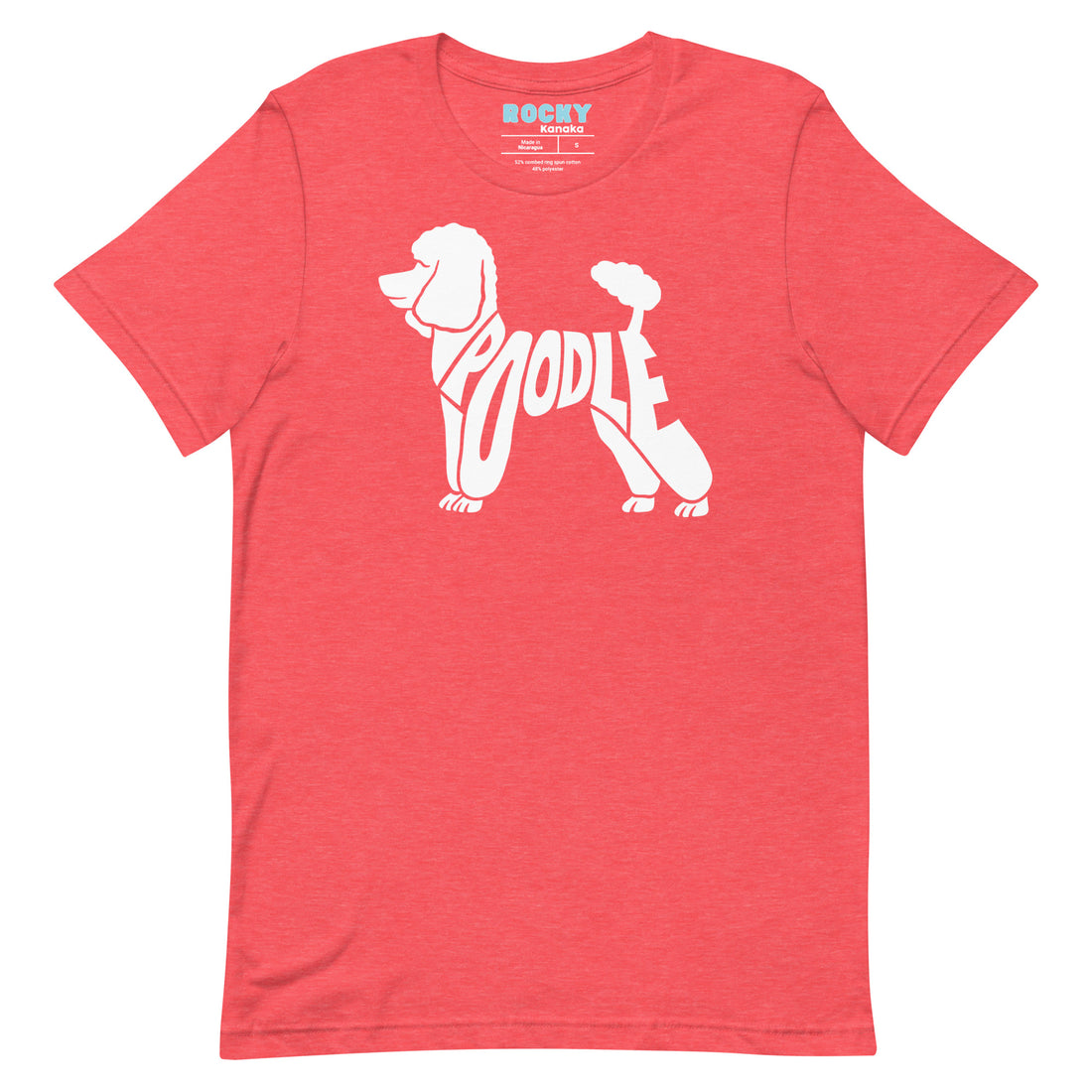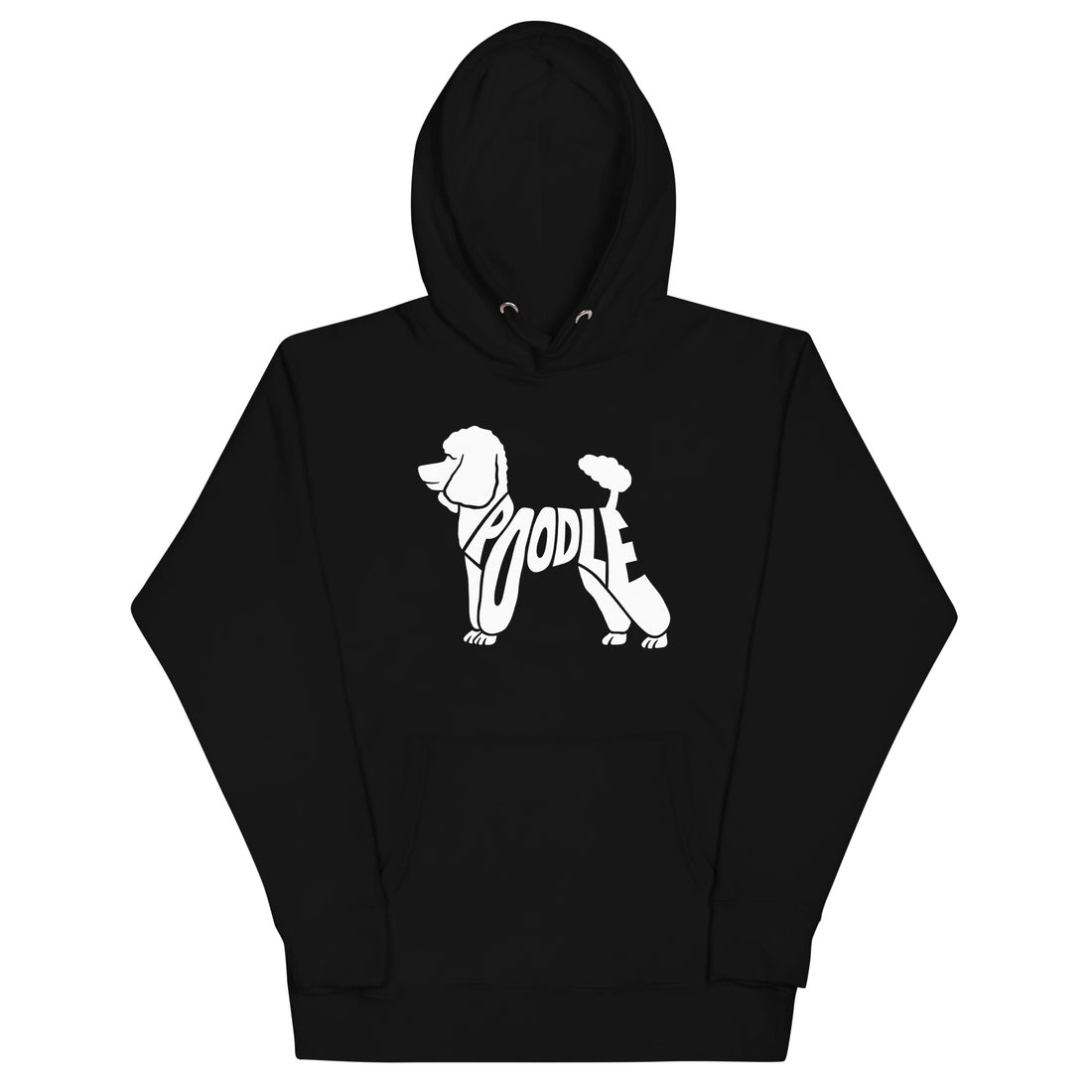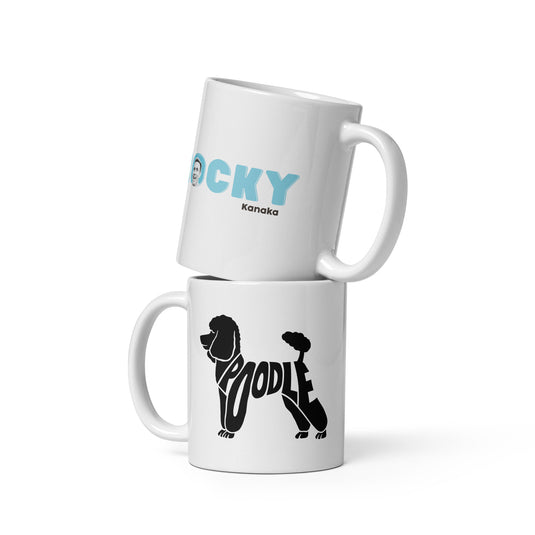Meet The Poodle Who Helped End World War II
Sir Winston Churchill, the stalwart leader of Britain during its most challenging times, had a confidant unlike any other: Rufus, his chocolate-brown miniature poodle. While history books are replete with tales of Churchill’s leadership, the story of Rufus provides a personal and touching insight into the life of one of the world’s greatest leaders.
Rufus was not just any dog. He was Winston Churchill’s constant companion during the tumultuous years of World War II and the challenging times that followed.

Rufus: More Than Just a Pet
To the casual observer, Rufus might have seemed like any other pet, wagging his tail and enjoying the occasional treat. But those who were close to Churchill knew that Rufus was not just any dog. He was a constant presence by Churchill’s side, offering solace during the darkest hours of the war.

Historians speculate that Rufus’s calming presence provided Churchill with much-needed emotional support. In the high-pressure world of wartime leadership, where every decision could mean life or death for thousands, having a loyal companion to turn to might have made all the difference. It’s believed that Rufus’s unwavering loyalty helped Churchill maintain his composure, allowing him to think more clearly and make better strategic decisions.
A Catalyst for Change
Some historians posit that the poodle’s presence made Churchill more receptive to fresh perspectives and more amenable to compromise. This adaptability was evident in some of Churchill’s most crucial decisions.
Meetings with the Allies: A Silent Witness

Rufus attended many pivotal meetings alongside Churchill and other world leaders, including Franklin D. Roosevelt, Joseph Stalin, and Charles de Gaulle. His silent presence was a testament to the trust and affection Churchill had for him.
The Atlantic Conference: Laying the Foundations
One of the most significant meetings Rufus attended was the Atlantic Conference in August 1941. This crucial meeting between Churchill and Roosevelt resulted in the Atlantic Charter, setting the stage for the United Nations. Notably, Rufus can be spotted in some photographs from this conference, marking his silent contribution to history.
Strategizing Victory: Casablanca and Tehran
The Casablanca Conference in January 1943 saw Rufus by Churchill’s side as the Allied leaders decided on strategies to defeat the Axis powers in Europe and North Africa. Later that year, at the Tehran Conference, the trio of Churchill, Roosevelt, and Stalin laid plans for the final push towards Allied victory, with Rufus once again in attendance.
Witnessing the War’s End: Normandy, Yalta, and Potsdam

From the historic Normandy landings in June 1944 to the discussions at the Yalta Conference in February 1945 and the Potsdam Conference in July 1945, Rufus was there, witnessing the events that would shape the modern world.
A Constant Companion & Best Friend
Beyond the global stage, Rufus was also an integral part of Churchill’s daily life. Whether Churchill was drafting speeches, penning his memoirs, or entertaining visitors at his home, Chartwell, Rufus was often by his side, offering silent support. Rufus even slept with the world leader!
The bond between them was so strong that Rufus often accompanied Churchill on car journeys and was given pride of place at Chartwell, Chequers, and 10 Downing Street. Rufus was even known to venture into the Cabinet Room during meetings, prompting Churchill to quip, “No, Rufus, I haven’t found it necessary to ask you to join the wartime Cabinet.”

Sometimes it felt like the dog was the main topic of his chats. Take one night, for example, when Churchill was relaxing at home watching “Oliver Twist.” Rufus, as usual, was on his lap. The movie got to that intense part where Bill Sikes is about to do something awful to his loyal dog. Seeing this, Churchill quickly shielded Rufus’s eyes and whispered, “Don’t look now, dear. I’ll tell you about it afterward.”
You might think that Rufus being Churchill’s top dog was just some random thing. But that’s not the case. Churchill specifically picked Rufus. And when the first Rufus passed away, Churchill got another poodle that looked just like him and even named him Rufus. “He is named Rufus II—but the II is silent,” Churchill would say.
The Secret Agent Theory
Perhaps the most intriguing (& untrue) theories surrounding Rufus is the idea that he might have been more than just a companion – he could have been a secret agent. Given the access Rufus had to high-level meetings and the trust Churchill placed in him, some believe that the poodle might have been used to discreetly carry secret messages. The image of Rufus sitting on Churchill’s lap during pivotal discussions adds weight to this theory. After all, who would suspect a poodle of being part of covert operations?
A Final Farewell: Remembering Rufus

Rufus died in 1948 at the age of 12. He was buried in the churchyard at Bladon, Oxfordshire, England, a stone’s throw Churchill’s home, Chartwell. Rufus’s grave is marked with a simple headstone that reads: “Rufus. Beloved dog of Winston Churchill.”
The Arrival of Rufus II
He is named Rufus II—but the II is silent
Winston Churchill
The news of Rufus’ passing devastated Churchill, who was attending the Tory Party Conference in Brighton at the time. The loss was so profound that Churchill could not forgive the maid responsible for the accident.
However, Walter Graebner, an American journalist, found a lookalike poodle for Churchill. This new poodle, also named Rufus (or Rufus II), quickly endeared himself to Churchill, despite some initial health concerns. Rufus II became a constant presence in Churchill’s life, accompanying him to various events and meetings.
The Juxtaposition of Churchill

The juxtaposition of Churchill’s bulldog-like persona with his affection for a poodle is striking. While the world saw him as a steadfast and gritty leader, emblematic of the bulldog’s tenacity, his bond with Rufus revealed a softer, more introspective side. This duality underscores the complexity of Churchill’s character — a formidable leader in the public eye, yet a tender-hearted animal lover in private. The choice of a poodle, often perceived as refined and gentle, as his companion, offers a poignant contrast to the rugged image he portrayed, reminding us that even the toughest leaders have their moments of vulnerability and warmth.
Rufus’s Legacy
Rufus’s influence on Churchill was profound. The poodle provided solace during challenging times and was a source of joy and comfort. Churchill once remarked, “No one should not know the companionship of a dog. There is nothing like it.” This sentiment was evident in his deep attachment to Rufus and later, Rufus II.
Churchill’s relationship with Rufus and Rufus II offers a glimpse into the softer side of the wartime leader. It reminds us that behind the facade of power and decision-making, there’s always a personal story, sometimes as simple and heartwarming as the bond between a man and his dog.



